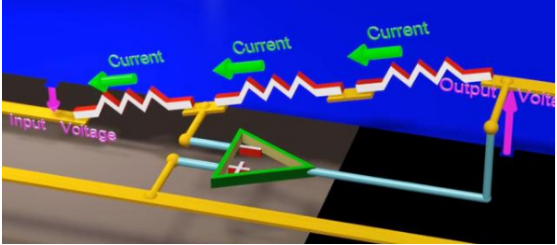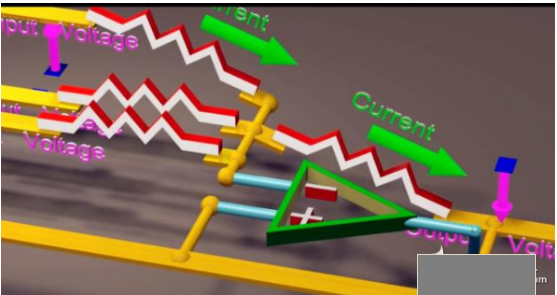What is the working principle of the operational amplifier circuit?
Suppose there is a voltage called an input. We multiply this input by a number to generate another voltage, which is called an output. Or, there are several input voltages, and we want to add them together, and the output voltages represent their sum, the adder.
Operations like this, as well as many more advanced calculations, can be performed with the op amp's circuitry, which we usually call an op amp

In this article we discuss a circuit with an "ideal op amp" op amp with two inputs and one output.
The op amp also has two terminals to supply power to the device. Current cannot flow into or out of the input terminals, but current can flow into and out of the output terminals. The output terminals or current flowing from the terminals are supplied to the op amps by the two terminals.

The two terminals powered by the op amp are generally not shown, but it is important that the op amp can only produce an output voltage between the two power terminals. One of the two inputs has a "+" next to it and the other input It has a "-" sign next to it, and the input voltage value of "+" subtracte the input voltage value of "-".
The op amp multiplies the difference between the two input voltages by a very large number, and the op amp makes the output voltage equal to this value, which means that if the "+" input is slightly lower than the "-" input, the operation The amplifier will make the output voltage equal to the maximum negative it can produce. If the "+" input is slightly above the "-" input, the op amp will make the output voltage equal to the maximum positive it can produce.
If you want to know more, our website has product specifications for amplifier, you can go to ALLICDATA ELECTRONICS LIMITED to get more information

